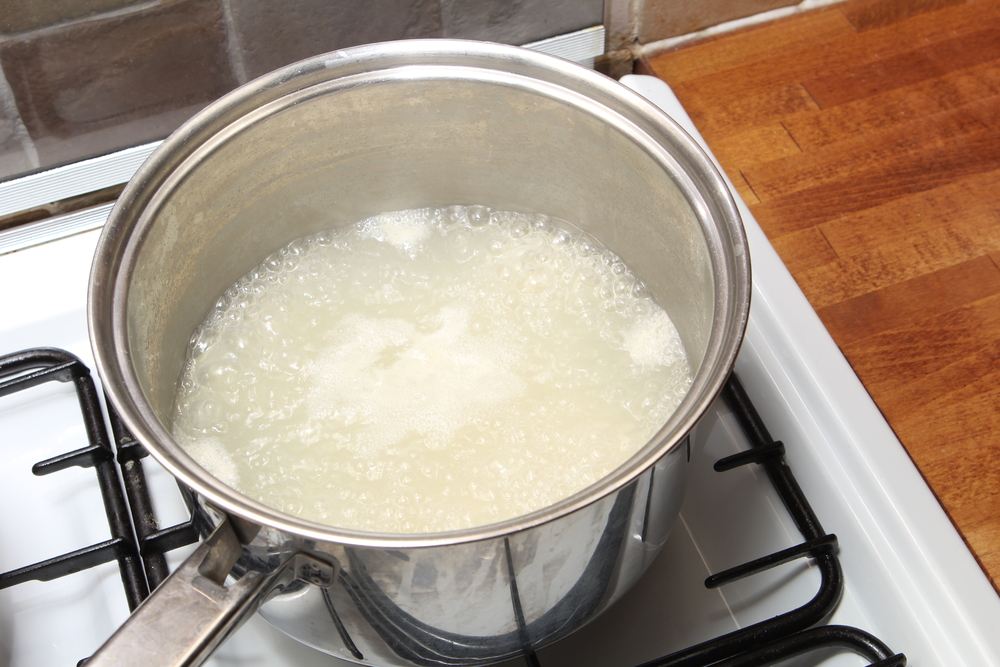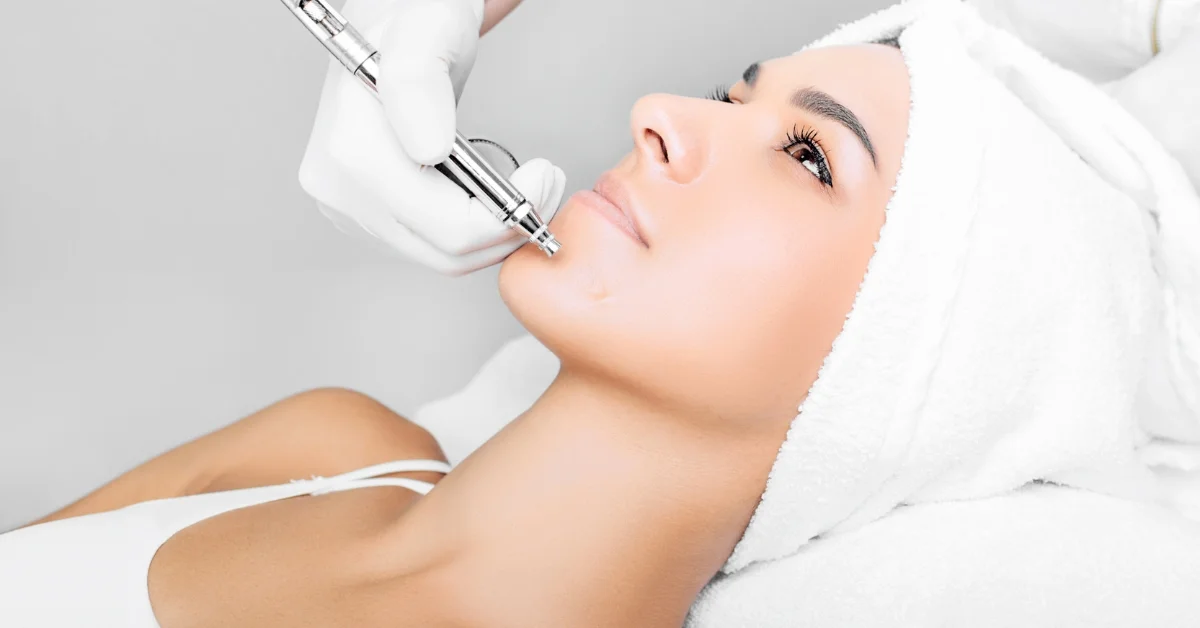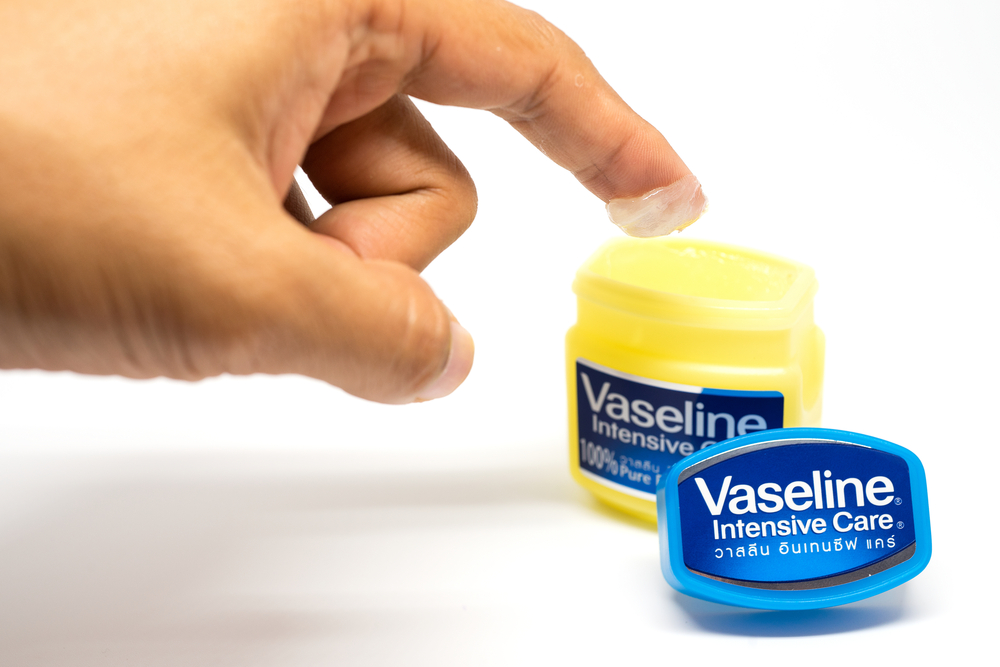- Lupus is an inflammatory autoimmune disease that typically affects the joints and skin.
- Lupus of the skin often presents as a rash in the form of lesions, or as areas of red skin that resemble sunburn.
- Oral hydroxychloroquine and topical steroids are the mainstays of therapy for mild cutaneous lupus.
- Preventive strategies for minimizing cutaneous lupus include sun protection and vitamin D supplements.
Lupus, or systemic lupus erythematosus, is an inflammatory autoimmune disease that can affect almost every system in the body, including the joints, skin, kidneys, blood, brain, heart, and lungs.
Lupus of the skin—known as cutaneous lupus—usually appears on areas of the body exposed to the sun, especially the face, ears, neck, arms, and legs. Although a rheumatologist is often consulted for treating lupus that affects the whole body, dermatologists are generally better equipped to address lupus that manifests on the skin.
A wide range of prescription medications can be used to treat cutaneous lupus, including topical, oral, and injectable products. The choice of medication depends on many factors, including the location and severity of the rash and the previous therapies that have been tried.
What is lupus?
Lupus is an autoimmune disease, which means that the body’s immune system begins to attack healthy cells and tissues.
This chronic, inflammatory condition can affect almost any system in the body, though the joints and skin are most commonly affected.
Researchers believe that people who develop lupus might have an inherited predisposition for the condition. For people with this predisposition, the disease is activated when they are exposed to some kind of environmental trigger.
Suspected environmental triggers for lupus include sunlight, infection, and medication. In cases where medication is a trigger, also known as drug-induced lupus, stopping the medication often leads to a resolution of symptoms.
Lupus is more common among women and, although it can occur at any age, it is more prevalent between the ages of 15 and 45. Patients with darker skin, such as people of African, Asian, and Hispanic descent, also appear to be at a greater risk of developing lupus.
What are the symptoms of cutaneous lupus?
There are three distinct types of cutaneous lupus:
- Chronic cutaneous lupus, also called discoid lupus, usually appears on the scalp or face as round or disk-shaped lesions. This type is characterized by being red, scaly, or thick lesions that tend not to be painful or itchy. Discoid lupus lesions are typically sensitive to the sun (photosensitive). Over time, chronic cutaneous lupus can lead to scarring, skin discoloration, hair loss, and, in rare instances, cancer.
- Subacute cutaneous lupus appears on the skin of the arms, shoulders, neck, and other areas of the body that are exposed to the sun. The lesions are photosensitive and can be ring-shaped or red and scaly with distinct borders. They are typically not painful or itchy. Unlike chronic cutaneous lupus, subacute cutaneous lupus does not usually cause scarring, but skin discoloration can occur.
- Acute cutaneous lupus is the most common rash identified with systemic lupus erythematosus. The characteristic “butterfly rash” appears as a flattened rash on both cheeks bridged across the nose, in a pattern resembling a butterfly. The rash can sometimes be mistaken for sunburn, especially because it can be activated by sun exposure.
How is cutaneous lupus diagnosed?
The best way to determine if a suspected rash or lesion is caused by lupus is to visit a dermatologist. The physician will typically take a small sample (biopsy) of the lesion or affected tissue for analysis in a laboratory.
What are the treatment options for cutaneous lupus?
The goal of treating cutaneous lupus is to prevent the development of new lesions and the progression of existing ones. In addition, treatment aims to improve the appearance of the skin and prevent complications such as scarring.
Oral medication
A recent review of cutaneous lupus diagnosis and treatment recommends the use of systemic therapy with oral antimalarials, such as Plaquenil® (hydroxychloroquine), chloroquine, and quinacrine, in all patients except those with a contraindication to such medications.
Hydroxychloroquine, the current drug of choice, is a relatively inexpensive oral medication that is usually taken once or twice a day. Antimalarials have long been a mainstay of therapy for any form of lupus. Note that it can take a few months to see benefits with these medications.
Creams and ointments
Topical treatments are also a standard part of cutaneous lupus therapy. Topical corticosteroids, such as triamcinolone or clobetasol, are available in a variety of doses and forms (including creams, ointments, lotions, sprays, and shampoos) to treat cutaneous lupus lesions or rashes just about anywhere on the body.
Steroids in any form should be used in the lowest effective dose for the shortest period of time to prevent long-term complications. Ending steroid use also comes with a set of issues that need to be properly managed to avoid creating additional health issues.
Another commonly used topical treatment for cutaneous lupus is a class of medications called calcineurin inhibitors, which includes Protopic® (tacrolimus) and Elidel® (pimecrolimus). These medications work by altering the body’s immune response.
The efficacy of calcineurin inhibitors is similar to that of corticosteroids with few side effects, but calcineurin inhibitors tend to be considerably more expensive than many older topical steroids.
Systemic approaches
For more severe cases of cutaneous lupus, other systemic therapies can be considered.
The following are the most commonly used classes of medications for more severe or refractory cases:
- Oral corticosteroids, such as prednisone
- Topical retinoids, such as tretinoin
- Immunosuppressants, such as methotrexate, azathioprine and mycophenolate
- Oral retinoids, such as isotretinoin
- Injectable biologics, such as rituximab
- Immunomodulatory drugs, such as Dapsone and thalidomide
Although there is an arsenal of medications available for the treatment of cutaneous lupus, management of the condition can depend on the experience of the dermatologist and the needs of the patient.
For example, some of the medications listed above can cause severe birth defects (isotretinoin and thalidomide), so they would not be practical for a woman of childbearing age.
Can lupus of the skin be prevented?
Although it is not possible to completely prevent flares of cutaneous lupus, there are some general recommendations from dermatologists to reduce the likelihood of a flare, including:
- Sun protection — Avoid direct sun exposure whenever possible, especially during peak hours (between 10 am and 4 pm). If you do go out in the sun, you should wear sunscreen (minimum SPF 50), protective clothing, and a hat.
- Avoid tanning beds — Avoid tanning beds and any other form of artificial sun exposure completely.
- Quit smoking — Smoking can worsen the effects of lupus and can also interfere with the efficacy of certain lupus medications, such as hydroxychloroquine. Patients with lupus who are smokers should take measures to quit.
- Vitamin D — Most people acquire the amount of vitamin D they need for proper bone metabolism from the sun; therefore, if you have lupus, your doctor will typically monitor your vitamin D levels and recommend a supplement, if necessary.
- Regular check-ups — Lupus is much easier to control than to treat. You should keep regular appointments with your primary care physician to identify any changes in your condition and to prevent complications.
Can chronic skin lupus be cured?
Unfortunately, there is no permanent cure for chronic (discoid) lupus, although most symptoms can be managed through the use of medication and preventative measures.
The kind of medicine used in treatment directly correlates with the severity of your condition, according to Dr. Rhonda Q. Klein, creator of Pure Bioderm.
“Prescription products start with antimalarials, Dapsone, CellCept, methotrexate, and then move on to more aggressive regimens, including thalidomide and Benlysta,” she says.
She also emphasizes the importance of sun protection for preventing cutaneous lupus. “Sunscreen is the most important home regimen, and sun-protective clothing. Heliocare, a supplement derived from polypodium extract, can also decrease sensitivity to the sun.”









